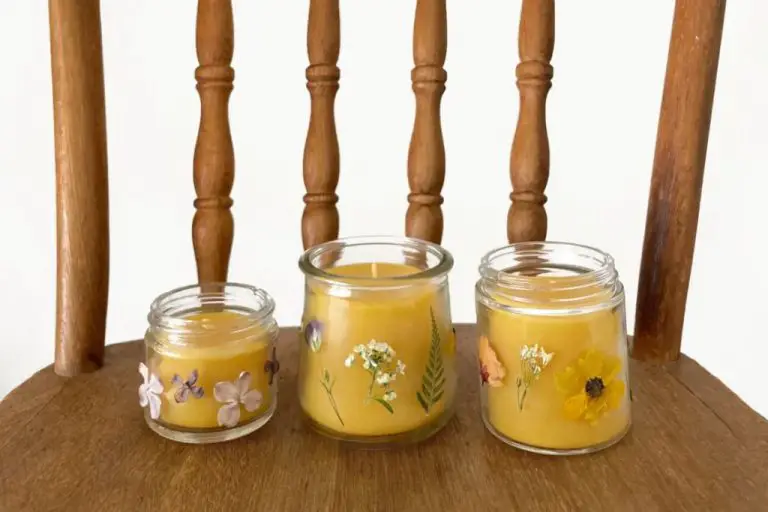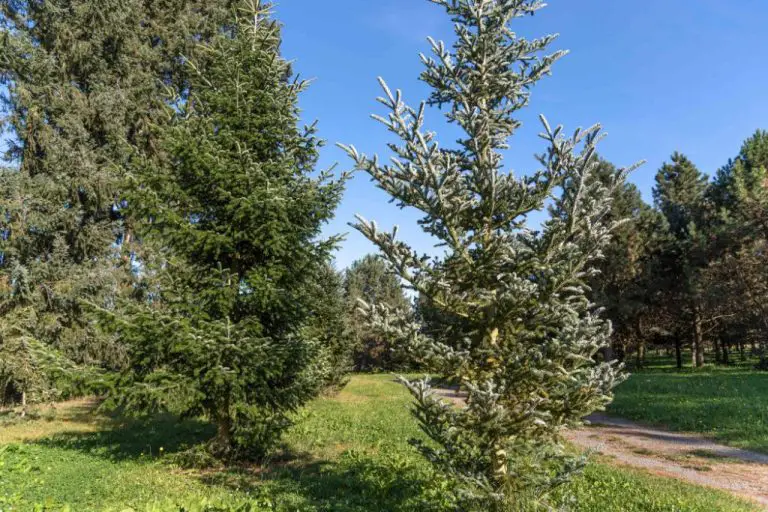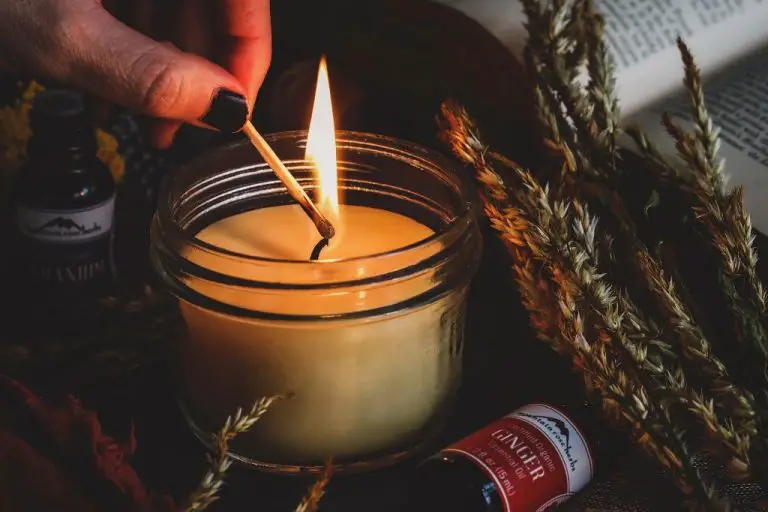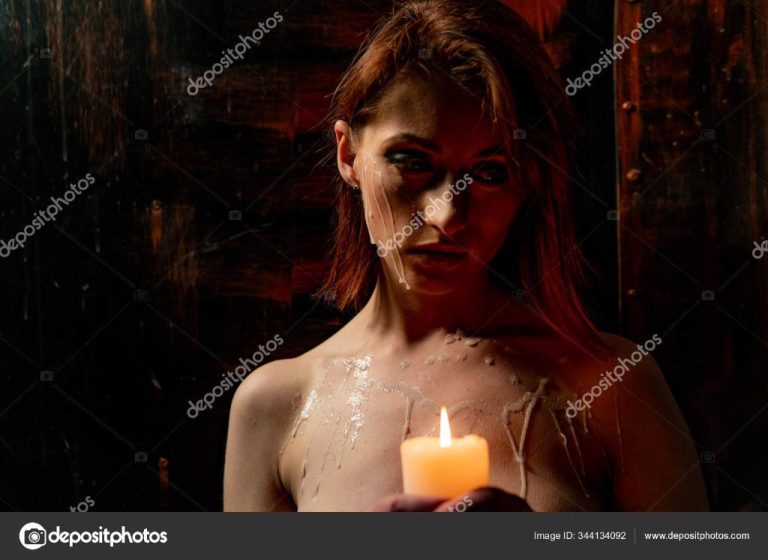What Is The Best Essential Oil Combination For Candle Making?
Essential oils have become increasingly popular for use in candle making. When added to candles, essential oils not only provide wonderful aromatic benefits, but can also enhance the candle’s properties. The fragrance from essential oils is released into the air when the candle is burned, allowing the user to experience the aroma. Essential oils are natural products extracted from plants, and bring a variety of plant-based properties when used in candles. Certain essential oils are known for their relaxing or uplifting effects when smelled. Using essential oils in candles can provide an aromatherapy experience. The scent throw of the essential oils can also help the candle fill the space with its aroma. This makes essential oils a great addition to candle making.
Most Popular Essential Oils for Candles
Some of the most commonly used essential oils for candle making include:
1. Lavender – Lavender has a floral, herbaceous scent that is calming and relaxing. It’s one of the most versatile oils to use in candles.
2. Eucalyptus – With its clean, fresh, minty aroma, eucalyptus works nicely on its own or blended with other oils like peppermint or tea tree.
3. Peppermint – The cooling, invigorating scent of peppermint is uplifting and energizing. It’s often used in candle blends aimed at improving focus or alertness.
4. Lemongrass – Lemongrass has a bright, citrusy aroma reminiscent of lemon and grass. It blends well with herbs like lavender.
5. Sweet Orange – With its fruity, sweet scent, orange essential oil smells just like fresh oranges. It’s cheerful and refreshing in candle blends.
6. Cedarwood – The warm, woody aroma of cedarwood is relaxing. It’s perfect for spa-like candles.
7. Tea Tree – Tea tree oil has a medicinal, green, herbal scent. It’s cleansing and purifying.
8. Rosemary – Rosemary’s pine-like scent is energizing. A little goes a long way in candle blends.
9. Bergamot – This citrusy oil has a bright yet delicate floral aroma. It’s commonly found in relaxing, spa-type candles.
10. Frankincense – With its rich, woody, slightly spicy scent, frankincense adds a luxurious aroma to candles.
Benefits of Essential Oils in Candles
Essential oils provide many benefits when used in candles for their aromatherapy properties. Diffusing essential oils from a candle can have both physical and psychological effects. The aromatic compounds provide a natural way to create an atmosphere or set a desired mood.
Some of the most common benefits of using essential oils in candles include:
- Relieving stress and anxiety – Essential oils like lavender and chamomile have calming properties that can help relax the mind and body (Harlem Candle Company).
- Improving sleep – Scents like lavender and cedarwood promote relaxation and help prepare the body for restful sleep.
- Energizing or uplifting mood – Citrus oils like grapefruit, lemon, and orange can create an energizing ambiance.
- Enhancing concentration and focus – Peppermint essential oil has been shown to improve alertness.
Overall, essential oils are a natural way to enhance a space with multifaceted therapeutic and mood-altering benefits. Candles can diffuse essential oils and allow people to experience the aromatherapy effects in an ambient, pleasant way.
Choosing Complimentary Scents
When creating essential oil blends for candles, it’s important to choose oils that complement each other. Some popular scent combinations include:

Citrus – Blends well with floral, woody, herbal and spicy oils like lemon, grapefruit, bergamot, vetiver, rosemary, and cinnamon (Essential Oils Blending Guide).
Floral – Pairs nicely with citrus, spicy and woody oils such as lavender, jasmine, rose, and sandalwood (Essential Oils Blending Guide).
Herbal – Mixes well with woody, spicy and citrus oils like basil, thyme, mint, and orange (Essential Oils Blending Guide).
Following basic blending guides can help create pleasing, harmonic scents for candles. However, personal preference is key – experiment with different oil combinations until you find your perfect, signature scent.
Considerations for Candle Making
When using essential oils in candle making, there are a few important considerations to keep in mind for safety and optimal results.
One critical factor is the flash point – the lowest temperature at which enough flammable vapor is released to ignite briefly or “flash”. Essential oils with very low flash points can be dangerous to use in candles. Some examples are citrus oils like lemon, orange, bergamot, lime, and grapefruit which have flash points below 141°F. It’s best to avoid these in candle making unless blended with other oils.[1]
Another consideration is properly mixing the essential oils with the wax. The oils need to fully incorporate into the wax for even dispersal of scent. Not blending thoroughly can lead to inconsistent burning, poor scent throw, and oil “sweating” on the surface. Follow instructions when adding oils to wax and stir completely to integrate the oil. Allow enough time for the wax to cool before pouring into containers.[2]
Choosing the right wick size is also important when using essential oils. Many oils burn hotter than fragrance oils, so a smaller wick is required to prevent soot, mushrooming, and quicker wax pool formation. Testing different wick types and diameters will help find the optimal wick for each essential oil blend.
Recipes for Essential Oil Candle Blends
Here are 5 recipes for creating refreshing and therapeutic essential oil candle blends:
Refreshing Citrus Blend
Combine 10 drops lemon essential oil, 8 drops grapefruit essential oil, and 4 drops lime essential oil per 8 ounces of wax. This bright, zesty blend is energizing and uplifting.
Calming Lavender Vanilla
Mix 6 drops lavender essential oil and 4 drops vanilla oleoresin per 8 ounces of wax. The lavender promotes relaxation while the vanilla provides a comforting, soothing aroma.
Woodsy Cedar & Pine
Add 8 drops cedarwood essential oil and 4 drops pine essential oil to 8 ounces of wax. Perfect for creating a refreshing outdoor or holiday ambiance.
Uplifting Grapefruit Mint
Combine 6 drops grapefruit essential oil and 4 drops peppermint essential oil per 8 ounces of wax. This invigorating blend boosts energy and improves focus.
Headache Soothing Blend
Mix 4 drops each lavender, peppermint and eucalyptus essential oils per 8 ounces of wax. When burned, this blend can help relieve headaches and congestion.
Tips for Adding Oils to Candles
When adding essential oils to candles, there are a few key tips to keep in mind for best results:
The amount of essential oil to use can vary depending on the size of your candle and how strong you want the scent to be. As a general guideline, use 0.5-1% of the wax weight for lightly scented candles. For a stronger aroma, use 1-3% of the wax weight in oil. Start with less and add more as desired (source: Can You Use Essential Oils For Candle Making?).
Add essential oils after the wax has been melted and cooled slightly below its melting point. This helps ensure the oils fully blend into the wax. If added when the wax is too hot, the oils may burn off. If added when wax is too cool, the oils may not incorporate properly (source: Tips for candle-making with essential oils).
Stir the essential oils in slowly and thoroughly to properly distribute the scent. Avoid vigorous mixing which can create air bubbles in the wax.
Allow candles to cure for 24-48 hours after adding oils before lighting. This helps the scent fully permeate the wax and burn more evenly.
Storing Essential Oils
Proper storage is crucial for maintaining the freshness and potency of essential oils. Essential oils are volatile, meaning they evaporate easily, and they can be affected by heat, light, and oxygen over time. According to From Nature With Love, essential oils should be stored in tight-sealing containers away from heat and light sources. They recommend keeping essential oils in a cool, dark place if possible (https://www.fromnaturewithlove.com/library/storagefragranceoils.asp).
CandleScience advises storing essential oils in the refrigerator in an airtight container, separately from food to prevent cross-contamination. Refrigeration helps preserve the volatile compounds in essential oils. However, they should not be frozen as this can damage the oils (https://support.candlescience.com/hc/en-us/articles/12291747709847-How-should-essential-oils-be-stored).
The ideal storage container is opaque or darkened glass. Glass prevents the oils from interacting with plastic materials. Keeping oils in a cool, dark place minimizes oxidation and evaporation so they retain their aroma and benefits longer.
Safety Precautions
When making candles with essential oils, it’s important to take proper safety precautions. According to https://soycandlemakingtime.com/can-i-use-essential-oils-in-soy-candles/, essential oils can become toxic when heated, so proper ventilation is critical when burning candles containing essential oils. Burn candles in well-ventilated areas and never leave burning candles unattended. It’s also important to keep wicks trimmed to 1⁄4 inch to prevent excessive sooting and release of potential toxins.
In addition, never ingest essential oils. While some essential oils are safe for topical use when properly diluted, ingesting essential oils can be very dangerous. Only use essential oils in candles and other aromatic applications.
By taking proper safety precautions, you can safely enjoy the wonderful scents and benefits of essential oil candles.
Conclusion
In summary, some of the most popular essential oils for candle making include lavender, eucalyptus, peppermint, lemon, and tea tree. They can provide aromatherapy benefits, create an inviting ambiance, and add intriguing scents to homemade candles. When blending oils, choose 2-4 complementary scents that work well together. Consider top, middle and base notes to create a harmonious blend.
Add oils at a rate of 1-2% by weight to avoid issues like soot. Make sure oils are mixed thoroughly into the wax before pouring candles. Store unused oils properly in dark bottles to preserve their shelf life. Always take safety precautions like avoiding skin contact and not burning candles when unattended. With the right essential oil blend, you can create natural, therapeutic candles with captivating scents.






